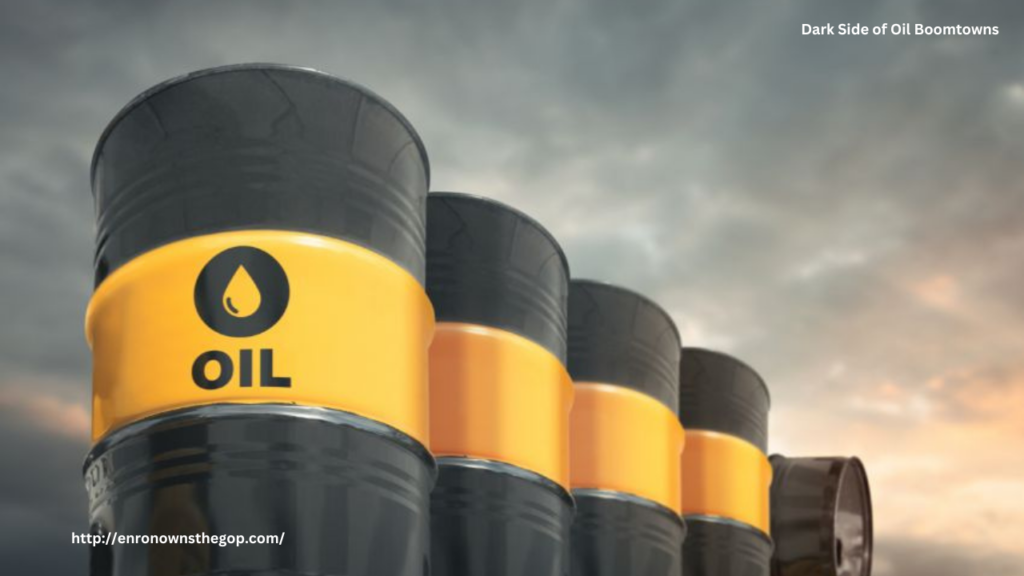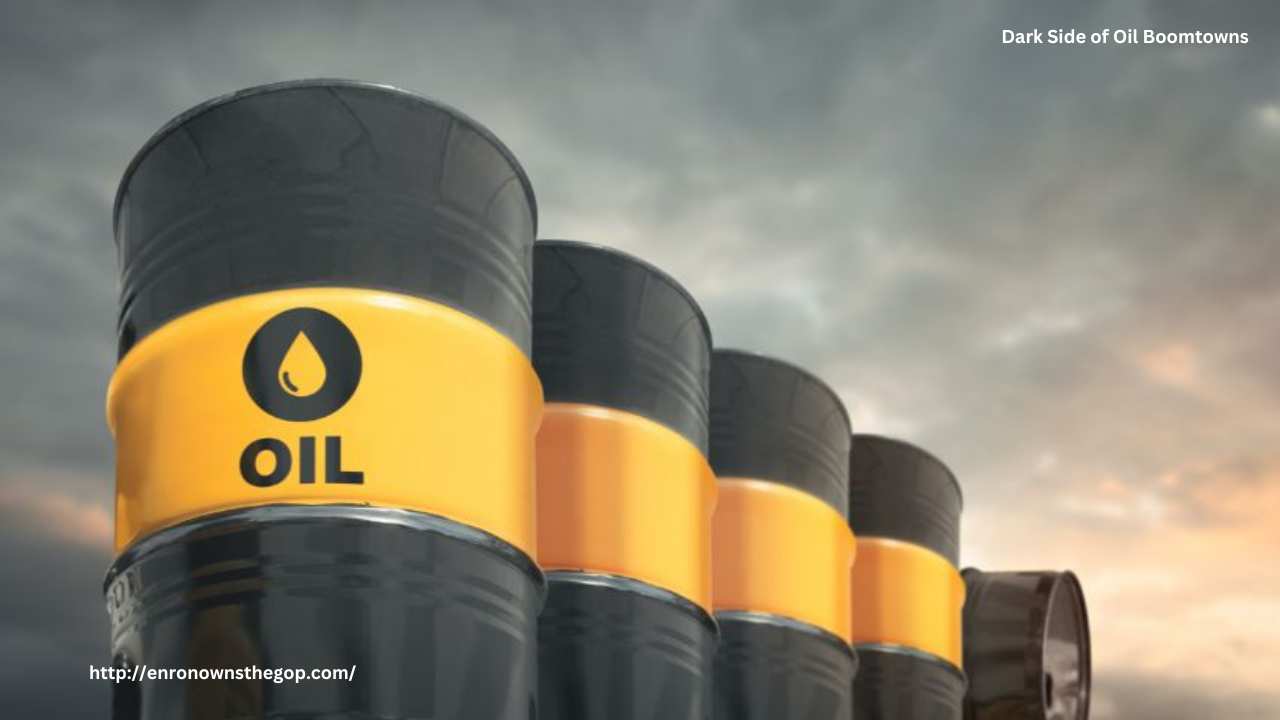
The oil industry is synonymous with wealth and opportunity, offering workers the chance to earn substantial wages in a short amount of time. However, alongside these financial rewards comes an often-overlooked consequence: widespread substance abuse. The intense physical demands, long hours, and isolated work environments create the perfect conditions for addiction to take hold, threatening both the safety of workers and the communities surrounding oil operations.
The Pressures of High-Paying Oil Jobs
Oil field jobs are among the most physically and mentally demanding in the workforce. Employees often work 12- to 16-hour shifts, sometimes for weeks without a break. The grueling schedule, combined with dangerous working conditions, leads many workers to seek ways to stay awake, manage pain, or cope with stress. The allure of high wages may keep workers committed to the job, but it also increases the likelihood of turning to stimulants, opioids, or alcohol to maintain performance and endure the rigors of the industry.
Stimulants: Powering Through Exhaustion
To combat fatigue and maintain productivity, many oil workers turn to stimulants such as methamphetamine and cocaine. These drugs provide a temporary energy boost, allowing users to stay awake for extended periods. However, prolonged stimulant use can lead to paranoia, aggression, heart problems, and a dangerous cycle of addiction. Once the high wears off, workers experience extreme exhaustion, leading them to take even more of the drug just to function. Over time, dependence forms, with devastating personal and professional consequences.
Opioids and Alcohol: Numbing the Pain
While stimulants are used to push through long hours, opioids and alcohol serve as coping mechanisms for pain and stress. Many oil workers suffer from chronic injuries due to the physically demanding nature of their jobs. Prescription painkillers such as oxycodone and hydrocodone are often prescribed, but as regulations tighten, some workers turn to illicit opioids like heroin and fentanyl. The result is a growing number of overdoses and opioid-related deaths in oil-producing regions.
Alcohol abuse is another pervasive issue in the industry. With limited recreational activities in remote oil towns, drinking becomes a primary social outlet. Many workers engage in excessive alcohol consumption after long shifts, leading to high rates of alcoholism, drunk driving accidents, and workplace incidents caused by impaired judgment.
The Impact on Safety and Productivity
Substance abuse in the oil industry isn’t just a personal struggle—it’s a workplace hazard. Impaired workers are more likely to make mistakes, putting themselves and their coworkers at risk. Oil rigs and drilling sites are already high-risk environments where a single misstep can lead to serious injury or death. When drugs or alcohol are involved, the chances of accidents increase dramatically, jeopardizing not only lives but also company operations and reputations.
Addressing the Crisis
The solution to substance abuse in the oil industry requires a proactive approach from employers, governments, and communities. Companies must invest in mental health support, employee assistance programs, and confidential addiction treatment services. Mandatory drug testing alone is not enough—workers need access to counseling, education, and resources that promote a healthier work-life balance.
As the oil industry continues to be a pillar of economic strength, it must also take responsibility for the well-being of its workforce. High wages should not come at the cost of addiction and lost lives. By acknowledging the problem and taking meaningful steps to address it, the industry can foster a safer, more sustainable future for its workers and the communities it impacts.


